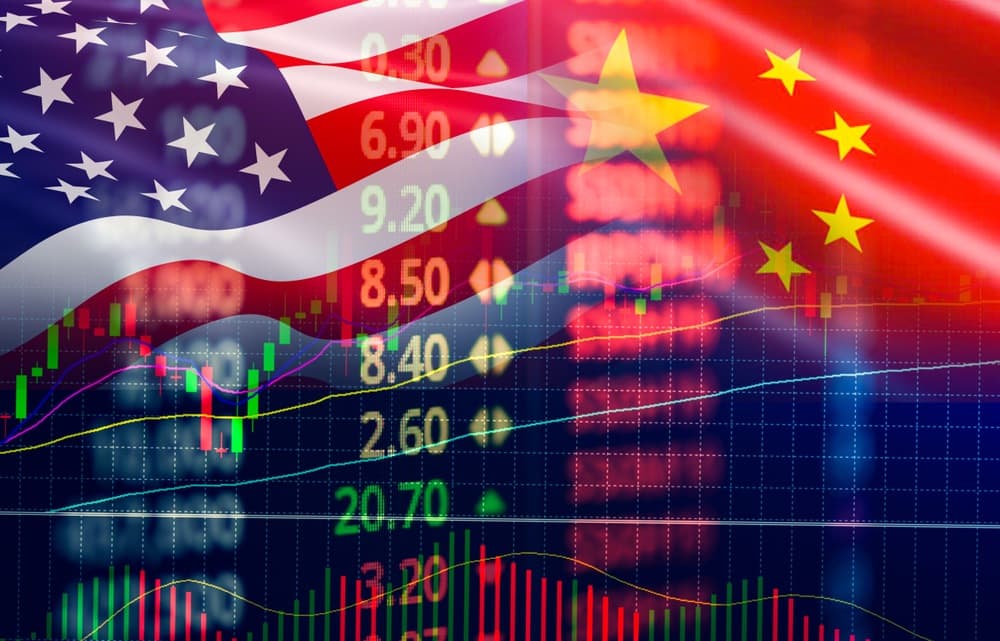Beneath the Surface
Porter Stansberry: Anatomy of an Asymmetric Bet
September 11, 2025 • 4 minute, 30 second read

“It’s not whether you’re right or wrong, but how much money you make when you’re right and how much you lose when you’re wrong.”
-George Soros
September 11, 2025 — The last time I sat down with Erez, I made a very public bet.
I said his advisory, Biotech Frontiers, was going to be one of the most lucrative in the history of our industry.
Not because he’s a former Tiger Cub. Not because he’s managed billions of dollars. And not because he’s one of the most gifted analysts that I’ve ever met.
But because he had uncovered the greatest financial paradox of our generation… one that almost every other analyst was sleeping on.
You see, we were, and still are, in the midst of a truly unparalleled moment in biotech. We’re experiencing nothing short of a Cambrian explosion in the underlying science of biotechnology.
Diseases that we thought were impossible to cure, treatments that sounded like science fiction a few years ago… they’re happening right now and they’re going to transform the world.
And from a financial perspective… they’re going to deliver trillions of dollars to the companies on the frontier of this revolution.
And yet… the paradox is that at the same time all of this is happening… biotech stocks have suffered a historic collapse with prices crashing 70%, 80%, even 90% as investors abandoned the industry because of high interest rates.
Dozens of biotech companies with, quite literally, some of the most exciting IP ever developed are trading for LESS than the cash on their balance sheet.
It was this paradox…
And the fact nobody else was seeing it…
Which is why I was willing to wager Biotech Frontiers would be one of the most profitable advisories ever published. And for those who listened, the results have been remarkable.
Biotech Frontiers has made more than seven recommendations that gained 100% or more during the past 18 months… and Erez has achieved this during the worst biotech bear market ever.
And, as you can imagine, the feedback from our subscribers has been incredible.
But that’s not why I asked Erez to sit down with me this time.
We both dropped everything to host Wednesday’s broadcast because Erez has uncovered another major financial paradox. One that we’re calling “the most asymmetric opportunity of our careers.”
And, ironically, it’s not in biotech.
It’s in an industry far bigger than biotech. Almost 100-times bigger, in fact.
And although this has nothing to do with things like cancer treatments or editing the human genome, the impact it could have on society is no less dramatic.
We’re talking about a shift with the potential to send shockwaves through every corner of our economy: How we work, trade, travel, invest, and even plan for retirement… everything.
If you miss it, you risk being left behind as the very foundations of daily life shift beneath your feet.
And one company sits at the center of this change. An obscure, mundane, company that – on the surface – has nothing to do with this looming societal shift.
But it is actually the sleeping giant of the sector because of a multi-billion-dollar asset hidden in their financials… and I would bet that 99% of professional investors, let alone retail investors, have never heard of this company.
Even if they had, they wouldn’t see the value in it because they’re viewing the company through the wrong lens. Almost no one has tied it to the event that could set off one of the largest transfers of wealth in human history.
We believe they will soon though.
An investment that is asymmetric in the purest sense of the word.
Because what we’re looking at here is a fundamental mis-pricing of a business… not by a few points but by billions of dollars.
It’s one of those rare situations Warren Buffett would describe as “raining gold”… when all you have to do is step outside if you want to get rich. And it’s the type of setup Erez has built his entire investing career around.
The type of opportunity with the potential to make you a small fortune.
And in our most recent broadcast, Erez and I laid out all the details for you.
You can watch it by going here. And do it now because we believe the window is closing fast. Even before we had the chance to sit down together one of the five catalysts that Erez identified was triggered. The others could follow soon.
Good investing,
Porter Stansberry
Porter & Company & Grey Swan Investment Fraternity
P.S. from Addison: Porter is a longtime friend who has revolutionized our industry.
His research is top-notch, focusing on quality investments, stories the mainstream media won’t touch – and where to find the proverbial 100-bagger stocks that can turn every $1,000 invested into $100,000.
It’s a bold statement.
Having just one asymmetric trade in your portfolio can knock years off your investment journey – either shortening the time to retirement, or allowing for a more vibrant one.
Porter’s latest research, which he dubs the most asymmetric return potential he’s ever seen, can be found here. It’s well worth a watch.
If you’d like, you can drop your most pressing questions right here: Feedback@GreySwanFraternity.



